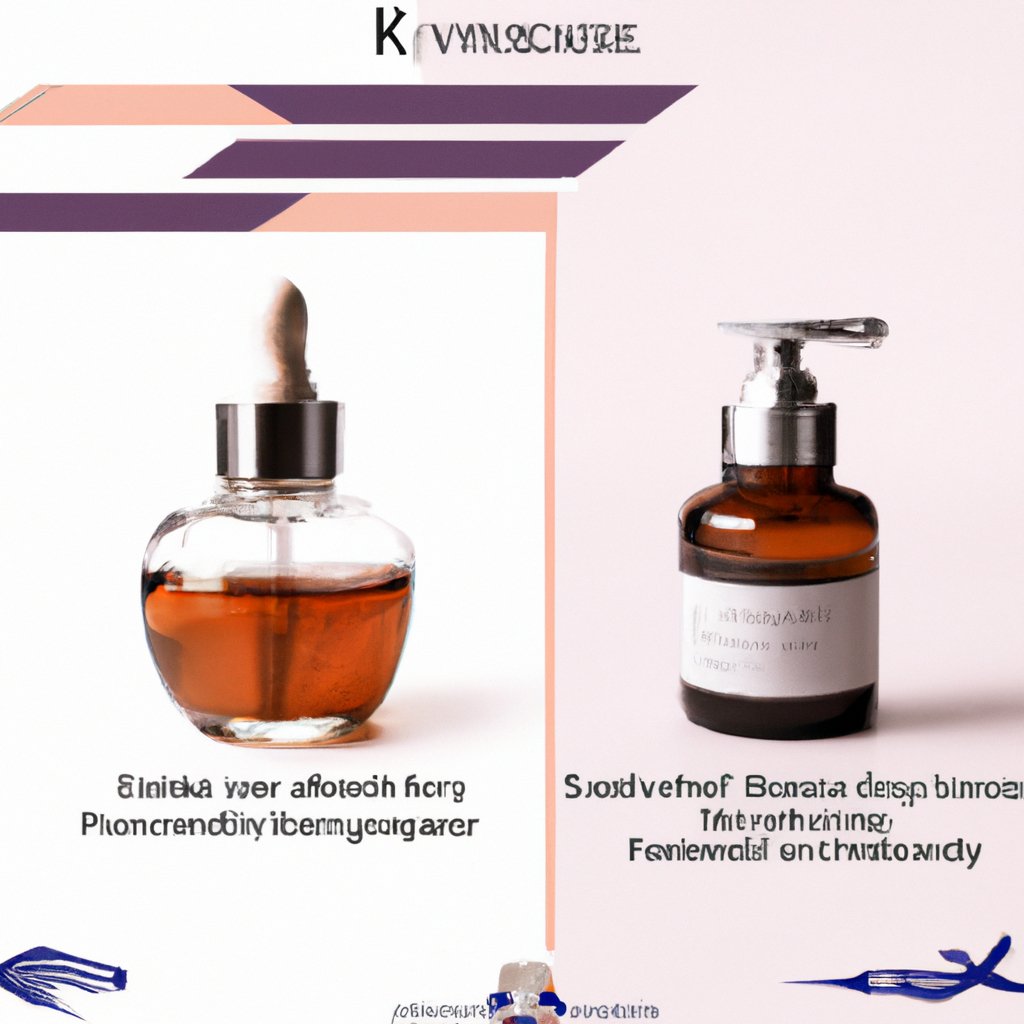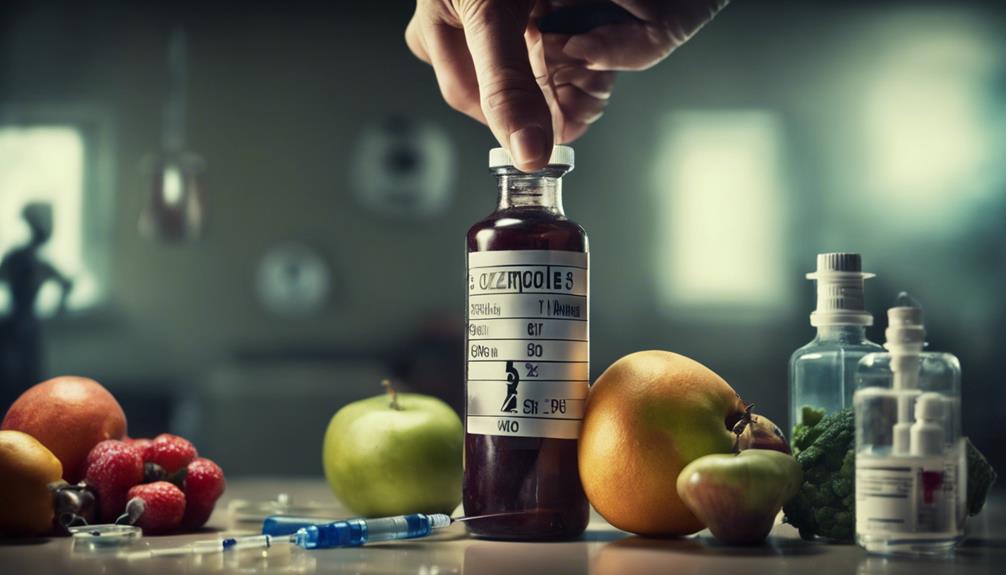The Difference Between PRP and Skin Boosters
Are you looking to enhance your skin's appearance and rejuvenate your complexion, but unsure about the best treatment option? In this article, we will explore the key dissimilarities between PRP (Platelet-Rich Plasma) and Skin Boosters. Discover how these treatments differ in their composition, application, and results. By gaining a deeper understanding of PRP and Skin Boosters, you will be equipped to make an informed decision on which option is best suited for your skincare goals.
What is PRP?
PRP stands for Platelet-Rich Plasma. It is a regenerative treatment that utilizes the body's own platelet-rich plasma to promote healing and rejuvenation. The procedure involves extracting a small amount of blood from your arm, which is then spun in a centrifuge to separate the plasma from the red blood cells. The resulting platelet-rich plasma is rich in growth factors and proteins that have various healing properties.
What are Skin Boosters?
Skin boosters, on the other hand, are a type of dermal filler that is specifically designed to improve the overall quality and hydration of your skin. They are typically made up of hyaluronic acid, a substance that naturally occurs in the body and is responsible for maintaining moisture levels in the skin. Skin boosters work by injecting small amounts of hyaluronic acid into the skin, which helps to restore hydration and improve its overall appearance.

Composition
PRP Composition
PRP is composed of platelet-rich plasma, which is obtained from your own blood. The plasma contains a high concentration of platelets, which are responsible for releasing growth factors and other proteins that help in the healing process. These growth factors stimulate the production of collagen and elastin, two proteins that are essential for maintaining healthy and youthful-looking skin.
Skin Booster Composition
Skin boosters are composed of hyaluronic acid, a substance that is naturally present in the skin. Hyaluronic acid is known for its ability to hold moisture, making it an excellent choice for improving skin hydration. The hyaluronic acid used in skin boosters is usually cross-linked, which means that it has been modified to last longer in the skin. This allows for gradual and long-lasting hydration, resulting in improved skin quality and a more youthful appearance.
How are they Made?
PRP is made by drawing a small amount of blood from your arm, usually around 10-20ml. This blood is then processed in a centrifuge, which separates the platelet-rich plasma from the rest of the blood components. The resulting PRP is then ready for use in the treatment.
Skin boosters, on the other hand, are manufactured by pharmaceutical companies. The hyaluronic acid used in skin boosters is derived from bacterial fermentation or through a process called biofermentation. This ensures a high level of purity and quality in the final product.

Method of Delivery
PRP Method of Delivery
PRP is typically delivered through injections directly into the target area. The injections are usually done using a fine gauge needle, making the procedure relatively painless. PRP can be used on various areas of the body, including the face, neck, décolletage, and even the scalp for hair restoration.
Skin Booster Method of Delivery
Skin boosters are also delivered through injections, but the technique used may vary depending on the specific product. Some skin boosters are injected using a traditional needle, while others may use a cannula, which is a blunt-tipped instrument that allows for smoother and more precise injections. The injections are typically done at multiple points across the target area to ensure even distribution of the product.
Purpose and Benefits
PRP Purpose and Benefits
The purpose of PRP is to stimulate the body's natural healing process and improve the condition of the skin. By injecting platelet-rich plasma into the target area, PRP can help to promote collagen and elastin production, improve skin texture and tone, and reduce the appearance of fine lines and wrinkles. PRP can also be used to treat acne scars, stretch marks, and even hair loss. Additionally, PRP has been shown to have anti-inflammatory effects, making it useful for conditions such as arthritis and tendonitis.
Skin Booster Purpose and Benefits
The purpose of skin boosters is to replenish the skin's moisture levels and improve overall skin quality. By injecting hyaluronic acid into the skin, skin boosters can restore hydration, reduce dryness, and improve elasticity. Skin boosters can also help to minimize the appearance of fine lines and wrinkles, improve skin texture, and give the skin a healthy, radiant glow. Moreover, skin boosters can be used on various areas of the body, including the face, hands, and neck.
Treatment Areas
PRP can be used on various areas of the body, including the face, neck, décolletage, hands, and even the scalp for hair restoration. It is a versatile treatment that can address a wide range of skin concerns.
Skin boosters are also highly versatile and can be used on multiple areas of the body. Some common treatment areas include the face, neck, hands, and décolletage. However, skin boosters can be tailored to suit individual needs and can also be used on other areas as determined by the practitioner.
Procedure Process
PRP Procedure Process
The PRP procedure typically starts with a consultation, where the practitioner assesses your skin concerns and determines the most suitable treatment plan. Once the treatment plan is established, a small amount of blood is drawn from your arm. The blood is then processed in a centrifuge, which separates the platelet-rich plasma from the rest of the blood components. The PRP is then injected into the target area using a fine gauge needle. The entire procedure usually takes around 30-45 minutes, depending on the size of the treatment area.
Skin Booster Procedure Process
The process for skin boosters is similar to that of PRP. After a consultation, the treatment area is cleansed, and a topical numbing cream may be applied to minimize any discomfort. The skin booster solution is then injected into the target area using either a needle or a cannula. The injections are done at multiple points to ensure even distribution of the product. The procedure can take anywhere from 30-60 minutes, depending on the size of the treatment area and the technique used.
Recovery Time
PRP Recovery Time
The recovery time for PRP is relatively minimal. Most people experience mild swelling and redness at the injection sites, which usually subsides within a day or two. There may also be some bruising, but this tends to fade within a week. The majority of people are able to resume their normal daily activities immediately after the procedure, although it is recommended to avoid strenuous exercise and direct sun exposure for a few days.
Skin Booster Recovery Time
The recovery time for skin boosters is also minimal. Some mild swelling and redness may be experienced immediately after the procedure, but this typically resolves within a day or two. Most people can resume their daily activities right away, although it is advisable to avoid excessive heat, sun exposure, and strenuous exercise for a few days after the treatment.
Conclusion
Both PRP and skin boosters are effective treatments for improving the condition of the skin and achieving a more youthful appearance. PRP utilizes the body's own healing properties, while skin boosters provide targeted hydration and rejuvenation. The choice between the two treatments may depend on your specific concerns and goals. Consulting with a qualified practitioner will help determine the most suitable treatment plan for you. Whether you choose PRP or skin boosters, both treatments can help you achieve healthier, more radiant skin.




